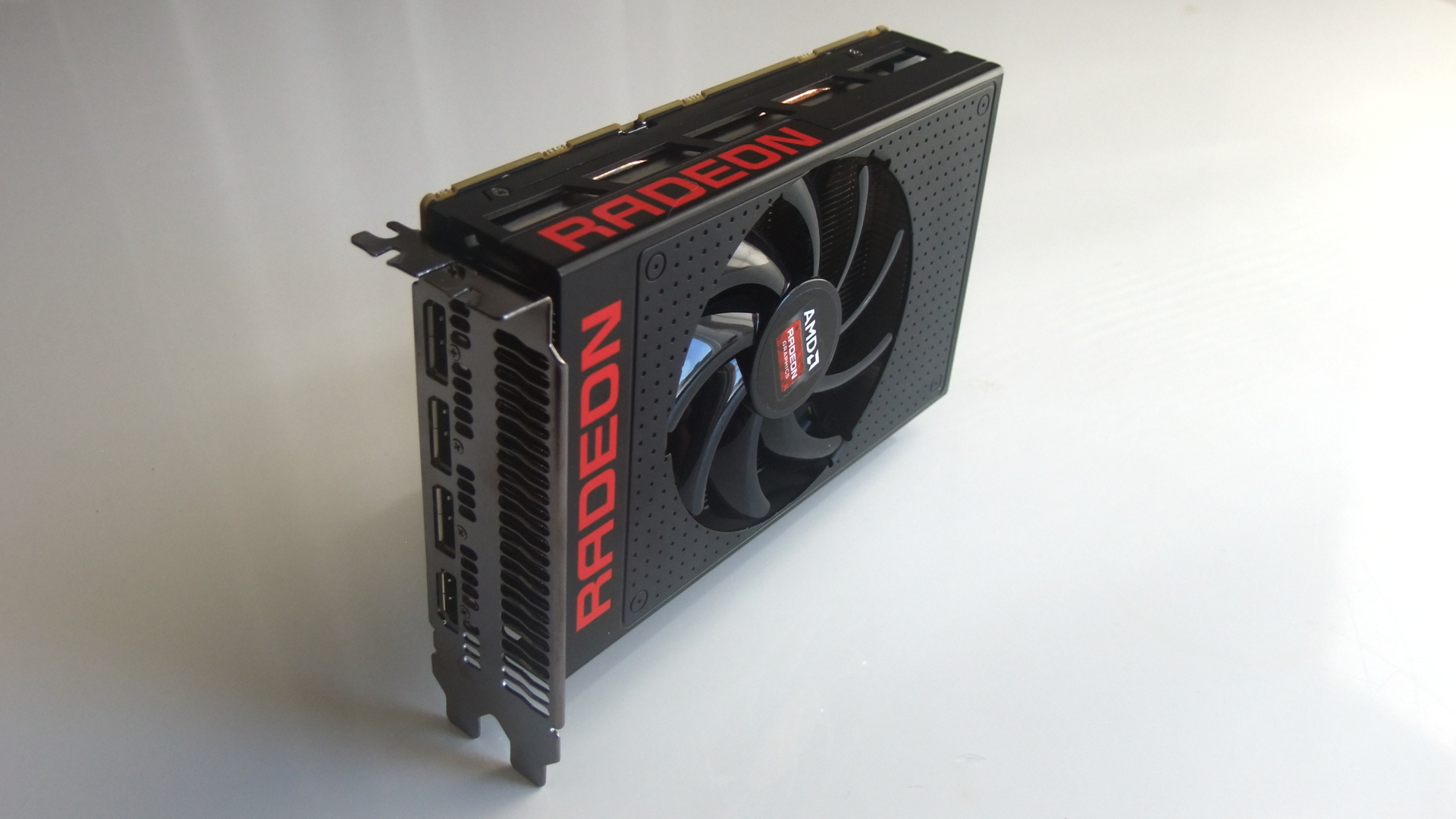TechRadar Verdict
The Radeon R9 Nano matches impressive scale with high-end performance, but the price is prohibitive especially when size is really not so much of an issue anymore.
Pros
- +
High-end gaming performance
- +
Efficient for a Fiji GPU
- +
Teeny weeny
Cons
- -
Super-expensive
- -
Size is less of a mini-ITX issue now
- -
4GB HBM limit
- -
Coil whine
Why you can trust TechRadar
Update: AMD's small graphics card just recieved a big, fat, official price cut. It can now be picked up at the reduced RRP of $499 (around £343), down from $649 (around £446) - a saving of 23%.
AMD's latest graphics card represents a bit of a departure for the big red Texan GPU manufacturer – the R9 Nano is a luxury GPU packing impressive gaming performance into a tiny package.
Which is both fascinating from an engineering standpoint and rather puzzling by pretty much every other metric.
The new Radeon R9 Nano is the little brother to the existing AMD Radeon R9 Fury cards – in water-cooled 'X' and air-cooled standard models – and deserves that distinction in more ways than one. This diminutive graphics card takes the beefy AMD Fiji GPU and squeezes it into the smallest graphics card footprint we've seen in a long time.
The R9 Nano is aiming to be the ultimate small form factor graphics card, which is able to run in the most microscopic of mini-ITX chassis without overheating to the point where it leaks out the fan grates as so much molten silicon.
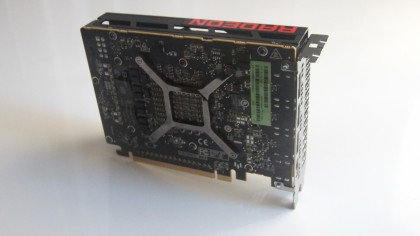
The R9 Fury and R9 Fury X cards are bona fide, top-end graphics cards with hefty cooling solutions on them to keep the high-speed Fiji GPU in check, and they're AMD's answer to Nvidia's range of ultra-enthusiast Maxwell GPU cards.
Where Nvidia re-engineered its graphics architecture to ensure the Maxwell GPUs could provide huge amounts of graphics performance at a highly efficient, low thermal design point (TDP) – to counter the industry's failed attempts at getting a transistor shrink into this generation of GPUs – AMD has effectively just thrown more and more of its existing Graphics Core Next (GCN) architecture into the mix.
This has given the Fiji GPU an impressive amount of raw graphics horsepower, but has also meant it's been rather power-hungry too.
So how the hell has AMD managed to get such a huge, demanding graphics processor into a half-pint-sized graphics card?
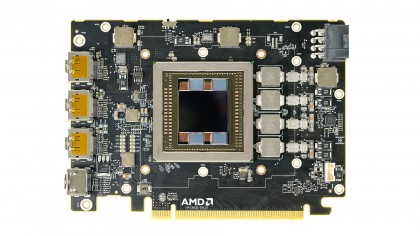
Engineering feat
The seriously impressive thing about the AMD Radeon R9 Nano is the fact that it's running the exact same Fiji GPU as AMD's top graphics card, the Fury X. That means it's got the same 4,096 Radeon GCN cores humming away at its heart, the same 256 texture units and sixty-four render output units (ROPs).
For the record that chip's packing in nearly nine billion transistors. If you can dredge it from the depths of your memory, you really ought to read that last sentence back with the soothing tones of Carl Sagan, really over-emphasising that 'billion'...
Even Nvidia's GTX Titan X has 'only' eight billion transistors in its GM 200 GPU. Though that does show the green team's dominance when it comes to efficient graphics architectures as that card – and the GTX 980 Ti it shares a chip family with – are both able to outperform AMD's best.
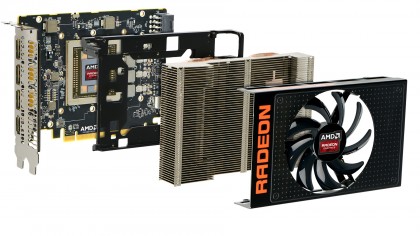
But it hardly makes any sense. How can the same GPU, which demands water-cooling in the Fury X, be able to run with only a tiny air-cooler in the Nano?
Well, AMD has been rather smart with the GPU clocks on the Fiji XT chip it's packed into the Nano. Where the Fury X regularly hits a GPU clock speed of 1,050MHz the Nano sample we've been testing sat around 890MHz for much of its daily grind.
The wetware on the Fury X allows the GPU to effectively clock as high as the silicon will allow, while the Nano has been strictly throttled to stop the GPU from pushing hard and keep the temperature at 75ºC or below.
You might not think that 160MHz clock speed difference could possibly be enough to count for the ability to add a tiny air-cooling solution onto the card, or allow it to shave a full 100W from the TDP of AMD's latest card, but it shows how much energy it takes to push a GPU to its limits. The Nano has a TDP of just 175W while the Fury X's is 275W. It's the last 100MHz of clock speed which demands a huge amount of extra power and extra heat dissipation.
By limiting the Nano's clock speed AMD is saving the card from dealing with the extra heat and power demands of the Fury X, but is only losing around 12-14% of the gaming performance.
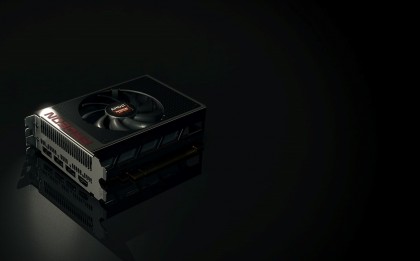
Extra dimensions
Another reason AMD has been able to create such a small card despite the massive GPU at its heart is down to the memory being used.
The AMD Fiji GPU powering its top cards is the first graphics chip to be rocking the latest high bandwidth memory (HBM). That's important because as well as delivering a huge amount of extra bandwidth – 512GB/s compared to the Titan X's 336GB/s – its design means it can be included in the GPU package itself rather than being arrayed around the processor on the wider circuit board.
It's not quite 3D – more 2.5D as it's not stacked directly atop the GPU itself – but the four 1GB HBM stacks sit right around the processor on an interposing layer which allows direct communication with the graphics silicon. Hence the high bandwidth.
As well as requiring less space on the printed circuit board (PCB) the HBM modules require less direct power too, helping keep things more efficient than with traditional GPU/GDDR5 combos.
